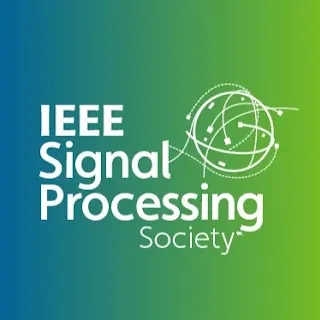Multirate Frequency Transformations: Wideband AM-FM Demodulation with Applications to Signal Processing and Communications
Advisor: Santhanam, Balu
Abstract:
The AM-FM (amplitude & frequency modulation) signal model finds numerous applications in image processing, communications, and speech processing. The traditional approaches towards demodulation of signals in this category are the analytic signal approach, frequency tracking, or the energy operator approach. These approaches however, assume that the amplitude and frequency components are slowly time-varying, e.g., narrowband and incur significant demodulation error in the wideband scenarios. In this thesis, we extend a two-stage approach towards wideband AM-FM demodulation that combines multirate frequency transformations (MFT) enacted through a combination of multirate systems with traditional demodulation techniques, e.g., the Teager-Kasiser energy operator demodulation (ESA) approach to large wideband to narrowband conversion factors.
The MFT module comprises of multirate interpolation and heterodyning and converts the wideband AM-FM signal into a narrowband signal, while the demodulation module such as ESA demodulates the narrowband signal into constituent amplitude and frequency components that are then transformed back to yield estimates for the wideband signal.
This MFT-ESA approach is then applied to the various problems of: (a) wideband image demodulation and fingerprint demodulation, where multidimensional energy separation is employed, (b) wideband first-formant demodulation in vowels, and (c) wideband CPM demodulation with partial response signaling, to demonstrate its validity in both monocomponent and multicomponent scenarios as an effective multicomponent AM-FM signal demodulation and analysis technique for image processing, speech processing, and communications based applications.

